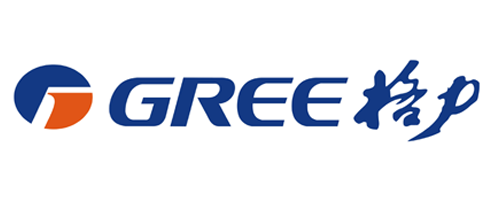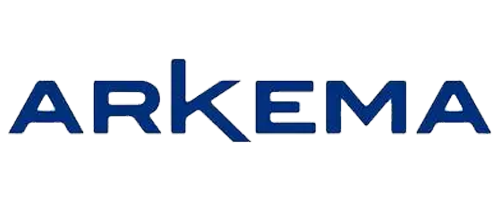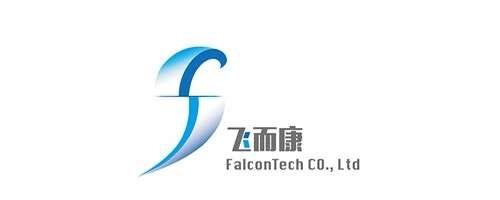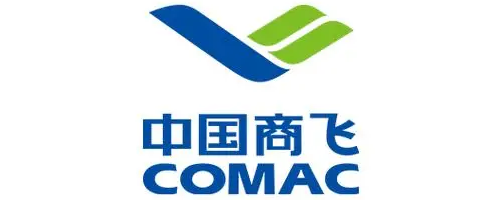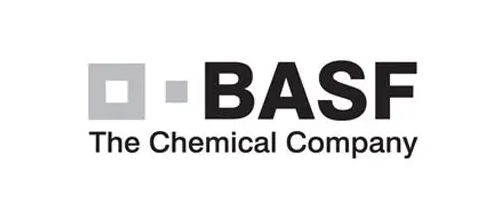Faqs
What is the working principle of Xianfeng 3D SLS 3D printing?
SLS 3D printing uses laser sintering of small particle polymer powder, and the working principle of this process is as follows:
1) Preparation work
- Temperature: The powder area and construction area will be heated to slightly below the melting temperature of the powder.
- Powder spreading: When a layer of powder is preheated to the vicinity of the sintering point, the press roller (Zh á g ǔ n) of the machine will spread the powder that has reached a specific temperature onto the substrate of the construction area or the parts being constructed.
2) Start sintering
Control the laser beam to sinter the powder layer according to the cross-sectional profile of the part, so as to achieve adhesion between the powder and adjacent formed parts.
After completing one layer, the construction platform will move down one layer, and the paving roller will lay another layer of evenly dense powder on the construction platform.
Repeat this process until the entire part is completed.
The printing is complete, and the entire part is wrapped in unsintered powder.
3) Construction completed
- Unpacking: The powder compartment must be cooled before unpacking, which may take a considerable amount of time, sometimes even up to 12 hours.
- Cleaning: Clean parts with compressed air or other sandblasting media
How can Xianfeng 3D save costs for small-scale production of automotive parts?
- The use of materials independently developed by Xianfeng 3D can fully meet certain requirements for automotive materials
- Compared with small batch injection molding, the production cost is significantly reduced
- Expanded rapid manufacturing capabilities, utilizing Xianfeng 3D SLS 3D printing technology as a supplementary manufacturing technology for injection molding
As a 3D printing service provider with decades of experience in the industry, Xianfeng 3D deeply understands the importance of production costs and efficiency in industrial manufacturing applications. With the help of SLS selective laser sintering technology and innovative 3D printing materials, Xianfeng 3D can economically and efficiently produce parts in small batches. Compared with injection molding, it not only saves costs, but also allows them to discover many new market opportunities.
What is SLS3D printing?
The full name of SLS is Selective Laser Sintering, also known as “Selective Laser Sintering” in Chinese.
Simply put, selective laser sintering is a powder bed forming process. 3D printing equipment will selectively sinter (rather than melt) particles of polymer powder using laser, and fuse the powdered material layer by layer through heat and pressure until a complete model is built.
How can Xianfeng 3D save costs for small-scale production of automotive parts?
- The use of materials independently developed by Xianfeng 3D can fully meet certain requirements for automotive materials
- Compared with small batch injection molding, the production cost is significantly reduced
- Expanded rapid manufacturing capabilities, utilizing Xianfeng 3D SLS 3D printing technology as a supplementary manufacturing technology for injection molding
As a 3D printing service provider with decades of experience in the industry, Xianfeng 3D deeply understands the importance of production costs and efficiency in industrial manufacturing applications. With the help of SLS selective laser sintering technology and innovative 3D printing materials, Xianfeng 3D can economically and efficiently produce parts in small batches. Compared with injection molding, it not only saves costs, but also allows them to discover many new market opportunities.
What is the working principle of Xianfeng 3D SLS 3D printing?
SLS 3D printing uses laser sintering of small particle polymer powder, and the working principle of this process is as follows:
1) Preparation work
- Temperature: The powder area and construction area will be heated to slightly below the melting temperature of the powder.
- Powder spreading: When a layer of powder is preheated to the vicinity of the sintering point, the press roller (Zh á g ǔ n) of the machine will spread the powder that has reached a specific temperature onto the substrate of the construction area or the parts being constructed.
2) Start sintering
Control the laser beam to sinter the powder layer according to the cross-sectional profile of the part, so as to achieve adhesion between the powder and adjacent formed parts.
After completing one layer, the construction platform will move down one layer, and the paving roller will lay another layer of evenly dense powder on the construction platform.
Repeat this process until the entire part is completed.
The printing is complete, and the entire part is wrapped in unsintered powder.
3) Construction completed
- Unpacking: The powder compartment must be cooled before unpacking, which may take a considerable amount of time, sometimes even up to 12 hours.
- Cleaning: Clean parts with compressed air or other sandblasting media
What is SLS3D printing?
The full name of SLS is Selective Laser Sintering, also known as “Selective Laser Sintering” in Chinese.
Simply put, selective laser sintering is a powder bed forming process. 3D printing equipment will selectively sinter (rather than melt) particles of polymer powder using laser, and fuse the powdered material layer by layer through heat and pressure until a complete model is built.
What is the working principle of Xianfeng 3D SLS 3D printing?
SLS 3D printing uses laser sintering of small particle polymer powder, and the working principle of this process is as follows:
1) Preparation work
- Temperature: The powder area and construction area will be heated to slightly below the melting temperature of the powder.
- Powder spreading: When a layer of powder is preheated to the vicinity of the sintering point, the press roller (Zh á g ǔ n) of the machine will spread the powder that has reached a specific temperature onto the substrate of the construction area or the parts being constructed.
2) Start sintering
Control the laser beam to sinter the powder layer according to the cross-sectional profile of the part, so as to achieve adhesion between the powder and adjacent formed parts.
After completing one layer, the construction platform will move down one layer, and the paving roller will lay another layer of evenly dense powder on the construction platform.
Repeat this process until the entire part is completed.
The printing is complete, and the entire part is wrapped in unsintered powder.
3) Construction completed
- Unpacking: The powder compartment must be cooled before unpacking, which may take a considerable amount of time, sometimes even up to 12 hours.
- Cleaning: Clean parts with compressed air or other sandblasting media
What is SLS3D printing?
The full name of SLS is Selective Laser Sintering, also known as “Selective Laser Sintering” in Chinese.
Simply put, selective laser sintering is a powder bed forming process. 3D printing equipment will selectively sinter (rather than melt) particles of polymer powder using laser, and fuse the powdered material layer by layer through heat and pressure until a complete model is built.
What is the working principle of Xianfeng 3D SLS 3D printing?
SLS 3D printing uses laser sintering of small particle polymer powder, and the working principle of this process is as follows:
1) Preparation work
- Temperature: The powder area and construction area will be heated to slightly below the melting temperature of the powder.
- Powder spreading: When a layer of powder is preheated to the vicinity of the sintering point, the press roller (Zh á g ǔ n) of the machine will spread the powder that has reached a specific temperature onto the substrate of the construction area or the parts being constructed.
2) Start sintering
Control the laser beam to sinter the powder layer according to the cross-sectional profile of the part, so as to achieve adhesion between the powder and adjacent formed parts.
After completing one layer, the construction platform will move down one layer, and the paving roller will lay another layer of evenly dense powder on the construction platform.
Repeat this process until the entire part is completed.
The printing is complete, and the entire part is wrapped in unsintered powder.
3) Construction completed
- Unpacking: The powder compartment must be cooled before unpacking, which may take a considerable amount of time, sometimes even up to 12 hours.
- Cleaning: Clean parts with compressed air or other sandblasting media
How can Xianfeng 3D save costs for small-scale production of automotive parts?
- The use of materials independently developed by Xianfeng 3D can fully meet certain requirements for automotive materials
- Compared with small batch injection molding, the production cost is significantly reduced
- Expanded rapid manufacturing capabilities, utilizing Xianfeng 3D SLS 3D printing technology as a supplementary manufacturing technology for injection molding
As a 3D printing service provider with decades of experience in the industry, Xianfeng 3D deeply understands the importance of production costs and efficiency in industrial manufacturing applications. With the help of SLS selective laser sintering technology and innovative 3D printing materials, Xianfeng 3D can economically and efficiently produce parts in small batches. Compared with injection molding, it not only saves costs, but also allows them to discover many new market opportunities.

